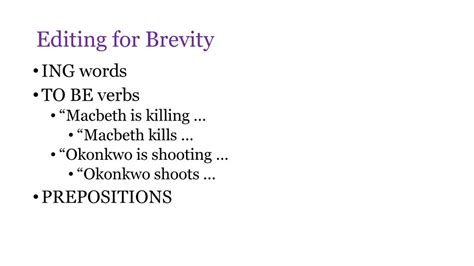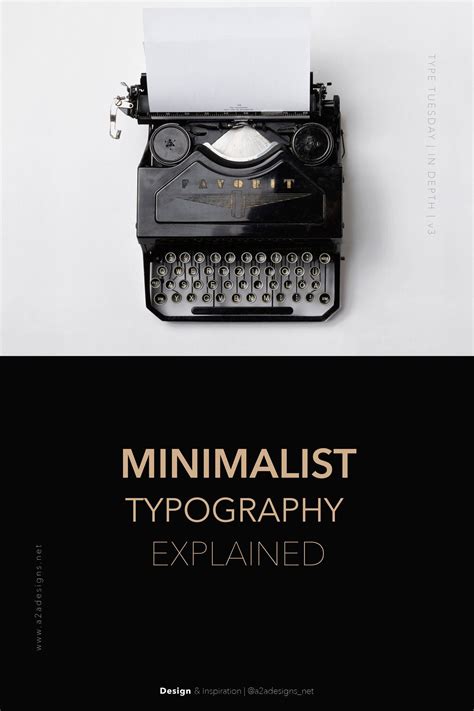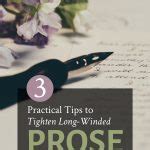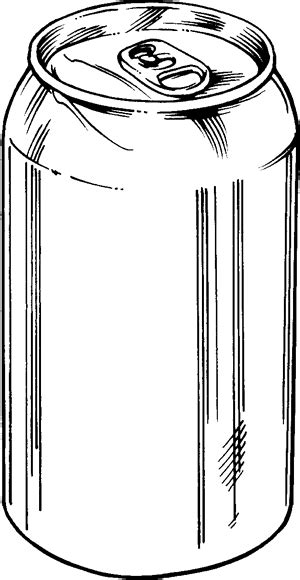In the vast landscape of communication, few skills are as valuable as the ability to convey a message with precision and power. Bloated, convoluted writing loses readers; sharp, concise prose captures attention and leaves a lasting impression. Learning to tighten your writing isn’t about sacrificing detail; it’s about refining your message to its most potent form, ensuring every word earns its place.
Why Tighten Your Prose?
The benefits of concise writing are manifold. It enhances clarity, making your message easier to understand. It boosts impact, as direct statements often resonate more strongly. It improves readability, keeping readers engaged rather than overwhelmed. And, in an age of information overload, brevity is a courtesy that respects your audience’s time.

Essential Strategies for Leaner Writing
1. Eliminate Redundancy and Filler Words
Many words creep into our writing without adding significant meaning. Phrases like “in order to,” “the fact that,” “it is important to note that,” or redundant pairs like “basic fundamentals,” “past history” can often be trimmed or replaced with single, more direct words. Be ruthless in identifying and excising these linguistic extra baggage.
- Example: “He decided to take action in order to resolve the issue.”
- Tightened: “He decided to resolve the issue.”
2. Prefer Strong Verbs Over Weak Verbs and Adverbs
Adverbs often compensate for weak verbs. Instead of “walked slowly,” consider “strolled” or “sauntered.” Rather than “ran quickly,” try “sprinted.” Strong, precise verbs carry more weight and paint a clearer picture without needing adverbial crutches.
- Example: “She made a decision to go.”
- Tightened: “She decided to go.”

3. Conquer Passive Voice
While not inherently “wrong,” passive voice often leads to wordier, less direct sentences. Active voice typically puts the subject (the doer of the action) first, making sentences more dynamic and concise. “The ball was hit by John” becomes “John hit the ball.”
- Example: “Mistakes were made by the team.”
- Tightened: “The team made mistakes.”
4. Condense Clauses and Phrases
Look for opportunities to reduce multi-word phrases to single words or simpler constructions. Relative clauses (“that is,” “which are”) can often be shortened or removed entirely, especially if the information is redundant or can be implied.
- Example: “The report that was published yesterday is insightful.”
- Tightened: “Yesterday’s report is insightful.”

5. Eliminate Jargon and Clichés
Technical jargon, if not necessary for your audience, can alienate readers. Similarly, clichés (“think outside the box,” “at the end of the day”) are overused and rob your writing of originality and impact. Opt for fresh, direct language.
6. Embrace Shorter Sentences
Varying sentence length is good, but many writers err on the side of overly long, complex sentences. Break down sprawling sentences into two or three more manageable ones. This significantly improves readability and flow.
7. Read Aloud and Self-Edit Ruthlessly
Reading your work aloud helps you catch awkward phrasing, excessive repetition, and clunky sentences that you might miss when reading silently. After drafting, step away, then return with fresh eyes, prepared to cut, rephrase, and refine. Consider using editing tools or having a trusted peer review your work.

The Art of Subtraction
Tightening prose is ultimately an art of subtraction. It’s about finding the most efficient and powerful way to express an idea. This doesn’t mean sacrificing nuance or depth, but rather ensuring that every word serves a purpose. By consistently applying these strategies, you’ll transform your writing from merely informative to truly impactful and memorable.





